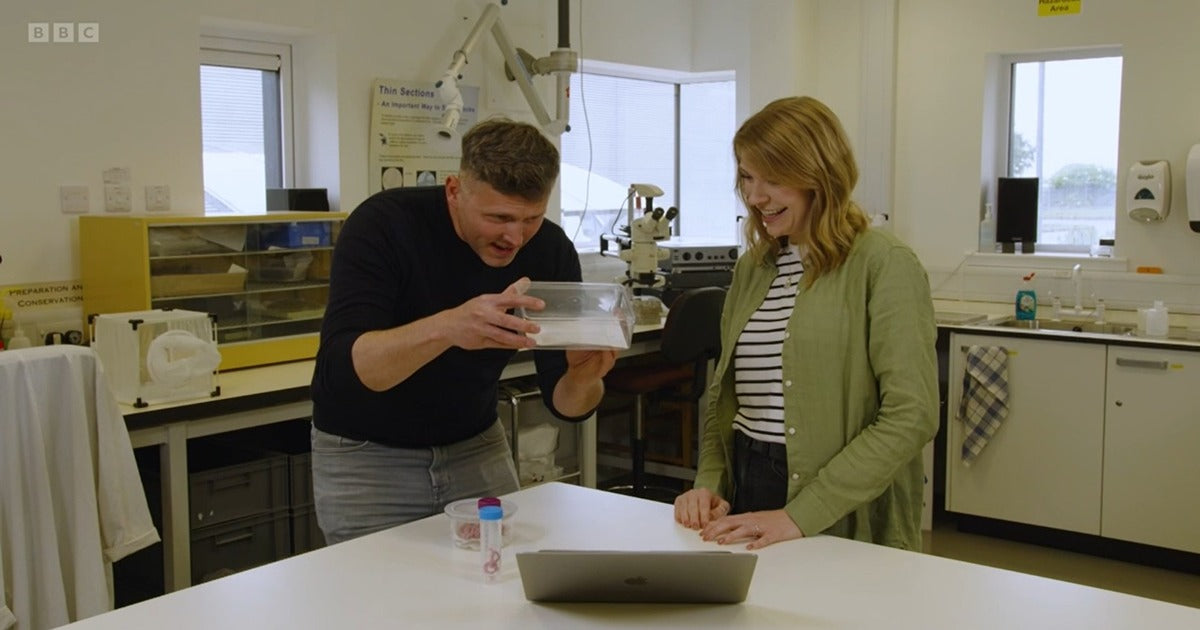
Dragonfli's Three-Step Strategy To Combat The Entire Box Tree Moth Life Cycle
Box Tree Moths overwinter as caterpillars that hide deep inside the Box Plant foliage. As temperatures warm, the caterpillars will pupate and transform into moths. The female moths will proceed to mate and begin laying eggs in little clusters on Box tree plants. These eggs will then hatch into the damaging caterpillars that devastate and kill Box plants and hedges.
Dragonfli are on hand to help, however, and can now provide natural solutions against two critical stages of the Box Tree Moth life cycle!

Box Tree Caterpillars feed on Box plants and hedges and are capable of killing Buxus entirely if left untreated.
Stage 1: Catch Adult Box Tree Moths With Pheromone Traps To Reduce Egg Laying
The first step to take in combating Box Tree Moths is to set up your Box Tree Moth Pheromone Traps. These traps will catch male Box Tree Moths and prevent them from mating with females. The traps will also provide you with a valuable early warning of Box Tree Moth activity.
Our Box Tree Moth Pheromone Traps are the first key component in the defence against Box Tree Moth infestations.
Box Tree Moths have 2-3 generations a year, so it is good practice to keep your Box Tree Pheromone Traps active all spring and summer. Each pheromone lure lasts about six weeks, after which it should then be replaced. You can find replacement lures by clicking here.
Pheromone traps used solely will not catch enough Box Tree Moths to prevent entire infestations, so please be sure to also follow the next steps.

Box Tree Moths are identifiable with white coloured wings bordered by brown. They have a wingspan of roughly 4cm.
Stage 2: Apply Nematodes Directly Onto Box Tree Caterpillars
If Box Tree Caterpillars are observed on Box plants, apply our Box Tree Caterpillar Killer Nematodes directly onto the caterpillars. Only apply the nematodes if caterpillars are present. More than one application may be required, which is why two sachets of nematodes are included in Box Tree Caterpillar Killer. Apply the first sachet when Box Tree Caterpillars are identified, and apply the second sachet about a week later.

Simply spray our Box Tree Caterpillar Killer directly onto the caterpillars and the nematodes will enter the pest via a natural opening, before killing the caterpillars from inside.
Make sure unopened nematode sachets are stored in a fridge to keep them fresh, and avoid applying nematodes on bright, sunny days, as nematodes are U.V sensitive. The optimum conditions for applying nematodes are warm, overcast, humid days. Alternatively, simply apply the nematodes early, or late on in the day.

Box Tree Caterpillars can grow up to 30mm in length and are a greenish-yellow colour. They can be concealed within webbing spun around buxus plants.
Stage 3: Invigorate Renewed Box Plant Growth

Our two natural solutions combine to provide a complete biological control of Box Tree Moths and protect your valuable Box Hedges and plants from this devastating pest.
If looking to provide your Box plants with a further aid to recovery, consider also applying our Soil Boost biostimulant granules.
Soil Boost acts as an organic slow release fertiliser, helping the Box plants achieve newly invigorated growth after stress and damage.
If you ever need any further advice on how to combat Box Tree Moths feel free to get in touch via email at sales@dragonfli.co.uk, via social media, or by giving us a call on 01376 563322, and we’d be happy to assist.
Comments (Responses)
J. Denney
Although I have put up a pheromone trap during March this year there has been no captures of box moths but plenty of caterpillars. Last year they worked very well. What could be the reason for this.
Julian Ives
Hi Amanda,
Many thanks for getting back in touch.
We have indeed discontinued the Box Tree Moth Egg Killer Sachets, we’re sorry to say, as we could not provide the wasps with the necessary protective outer material they needed to survive for a prolonged period in outdoor environments. The trichogramma are now purely being supplied for the control of Clothes Moth, Carnation Tortrix Moth and Pantry Moths.
We have a range of other Box Tree Moth controls available and in stock including traps, nematodes and a biostimulant, Soil Boost, to help damaged buxus regrow.
I hope this all helps but if you need any further assistance please just let us know.
Kind regards,
Julian Ives [Director, Dragonfli]
Amanda
You appear to have stopped selling Box Tree Moth egg killer sachets…. why is that ?
Julian Ives
Hi Jenny,
Many thanks for getting in touch.
It is unlikely that the caterpillars would be causing damage now as, although they did emerge earlier than anticipated last year, the conditions in February are generally too cold to encourage them out of dormancy and they should remain in their overwintering state until temperatures warm up sufficiently.
I would presume that your buxus might instead be enduring some die-back, or box blight, and I would advise that you apply some of our Soil Boost to the base of your plants when conditions warm up appropriately. This will help naturally invigorate new growth and recovery from sustained damage.
I hope this helps but if you need any further assistance please don’t hesitate to ask.
Kind regards,
Julian Ives [Director, Dragonfli]







29 May, 2025
Sally ashmore
Hi
We have a 18 foot high box hedge which has a caterpillar infestation. We have sprayed it as you suggest and left the traps out. Returning from holiday 10 days later I’m not sure anything has been caught in the traps. Maybe I have hung them incorrectly? From a twig just inside this huge hedge. Please advise !
Kind regards
Sally